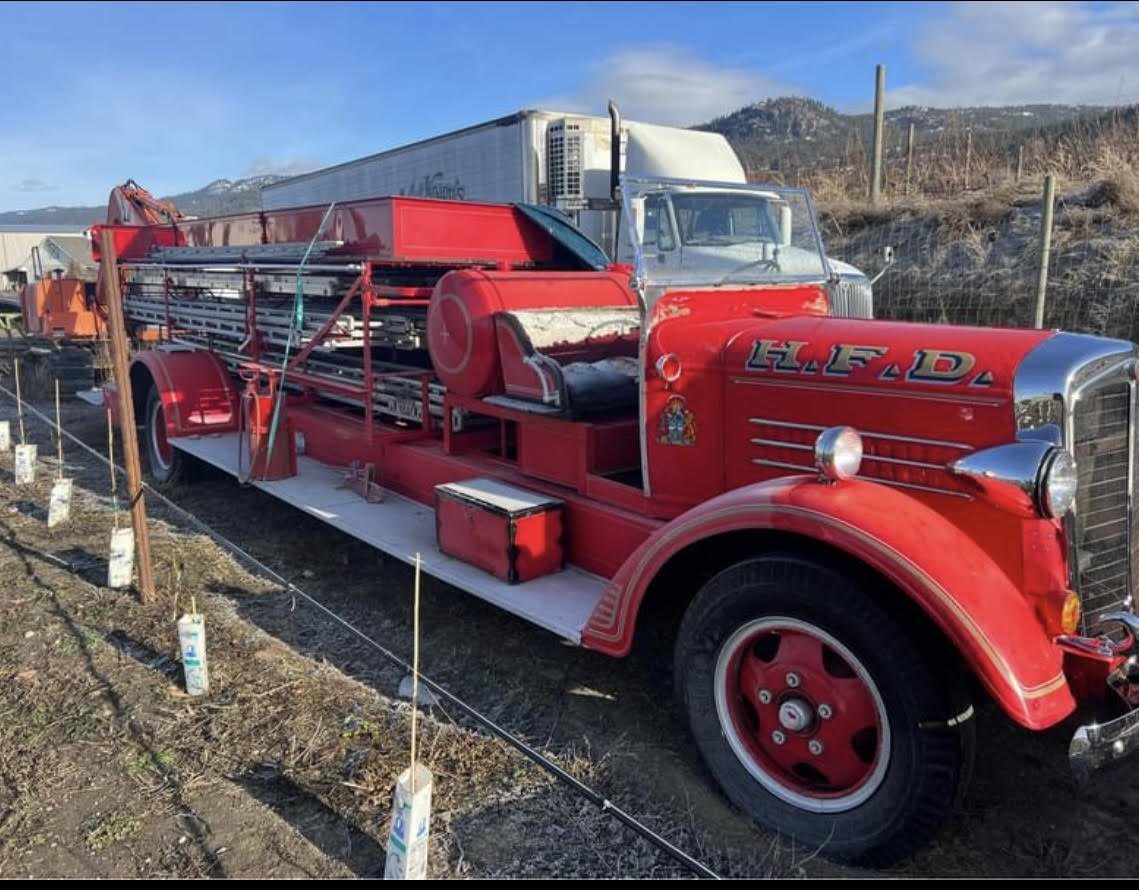WHAT DOES MARMORA HAVE IN COMMON WITH NORMANDALE?
/Three hundred and fifty kilometers from Marmora, on the shores of Lake Erie, lies the quiet little village of Normandale which finds its roots in iron ore production launched in 1815 by John Mason. There he simply burned a mixture of charcoal and bog iron. In 1821-1822 Joseph Van Norman, Hiram Capron, and George Tillson (after whom Tilsonburg was named) took over and enlarged the works producing the famous Van Norman cooking stove, as well as iron kettles, pots and pans, and agricultural implements. By 1846 the town plot had five streets, a population of 300, a grist mill and accompanying businesses. However, in 1848, the timber was gone and the supply of bog ore had dried up.
JOSEPH VAN NORMAN MOVED ON. BUT WHERE DID HE GO?
Well, during those same years, 1821-22, Marmora’s Charles Hayes was establishing the Marmora Iron Works, which by 1823 was producing pig iron from ore in Blairton. At the same time, the Village had become a fully integrated self-sufficient working community with 200 people. He had built a sawmill and gristmill beside the waterfalls, a bark mill to grind waste bark for the tannery and almost 35 houses, a school and adjacent forge and mill buildings. But for Hayes, hard time hit and he left in 1824 he handed over the reins to his creditor, Peter McGill.
Although suffering the problems of transportation and economic bad times, the Marmora Iron works limped along under the direction of several owners, and in 1847, Joseph Van Norman, who was looking for a new project, purchased the Blairton property for $21,000. Although he got the furnace going in 1848, and for a short time made sales at $30 to $35 per ton, carting the ore a distance of thirty-two miles to BelIeville, "over rocks and log crossings and roads so rugged that waggons were constantly broken", this venture too was doomed to failure, and Van Norman was forced to close the mine and works, losing everything.
As for Normandale, well, a few vestiges remain. At the foot of the hill stands the Union Hotel built by Mr. Van Norman and now fully renovated. Adjacent is a small building that served as his post office. His furnaces had fully disappeared until 1968, when they were discovered by Royal Ontario Museum archaeologists. One now stands in Upper Canada Village in Eastern Ontario while the other rests in the Eva Brook Donly Museum, north of Normandale on Highway 24.
Union hotel built by van norman and P.O.
union hotel today
On Feb. 22, 2022, Karen Devolin writes, “really interesting history that is not shared here in Tillsonburg.”
Joseph Van Norman 1796-1888 Tillsonburg
long point lighthouse built by van norman

































